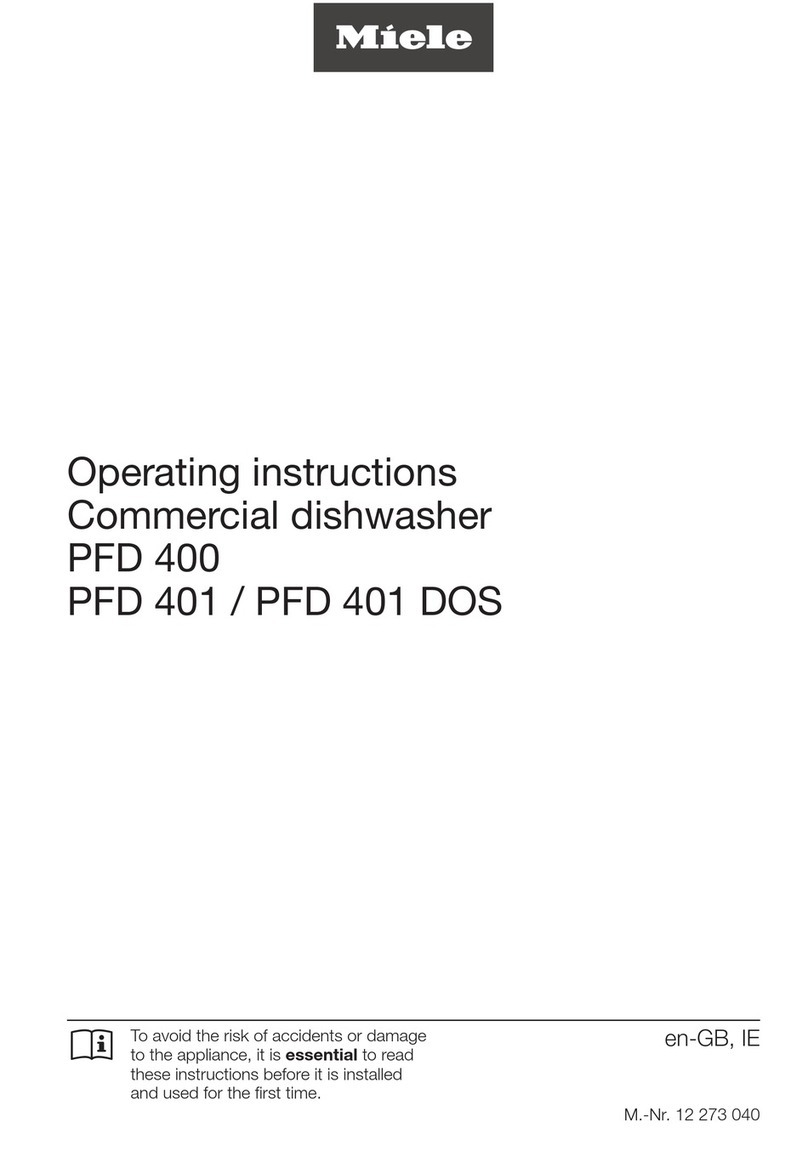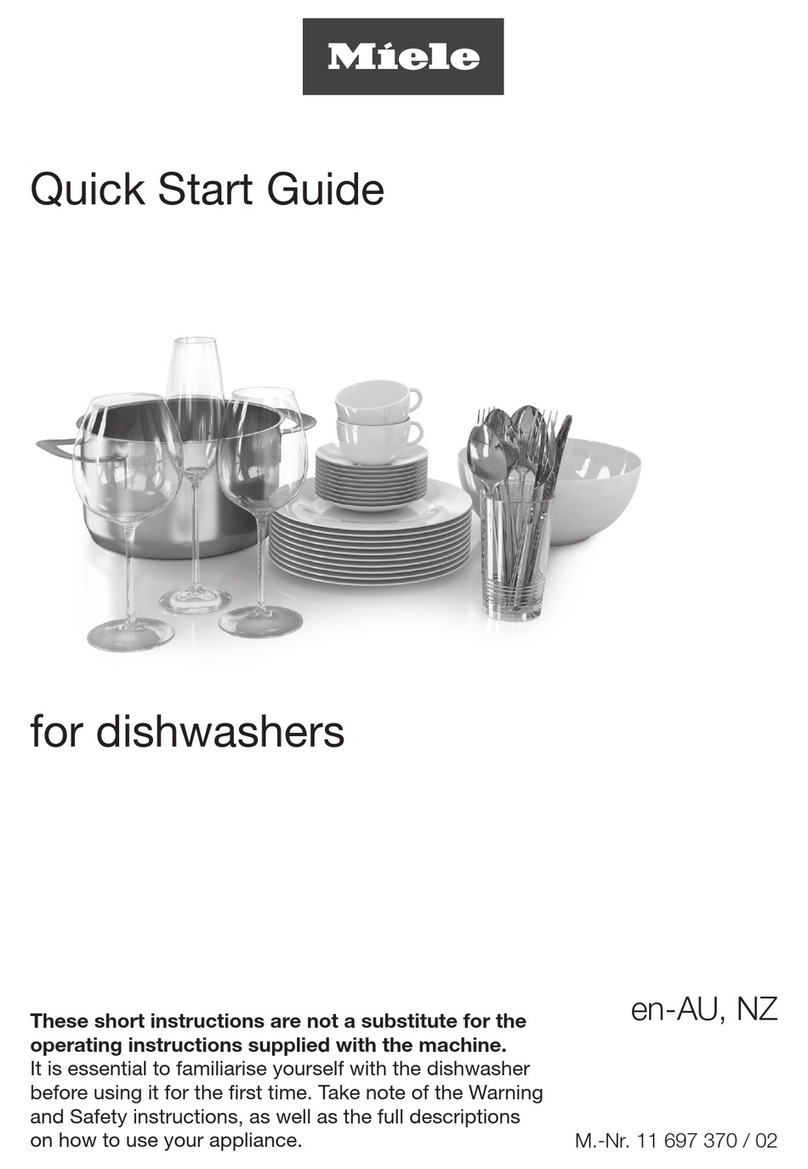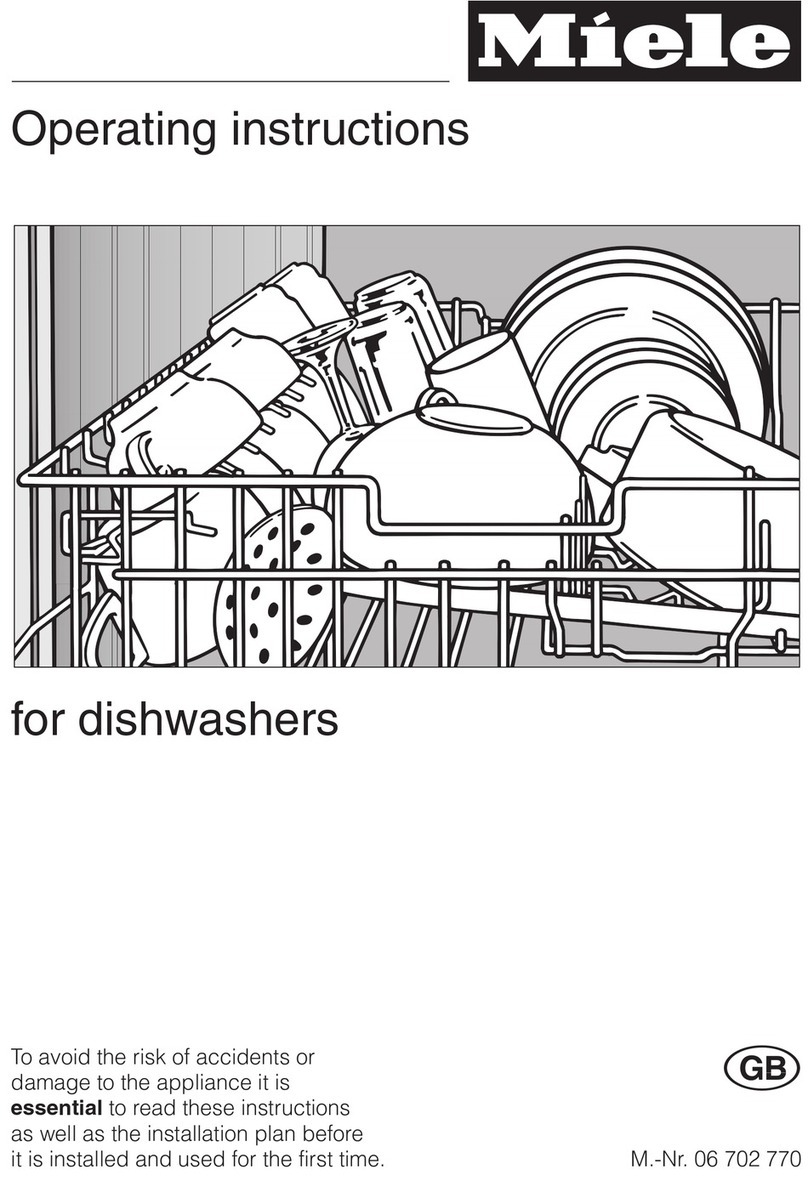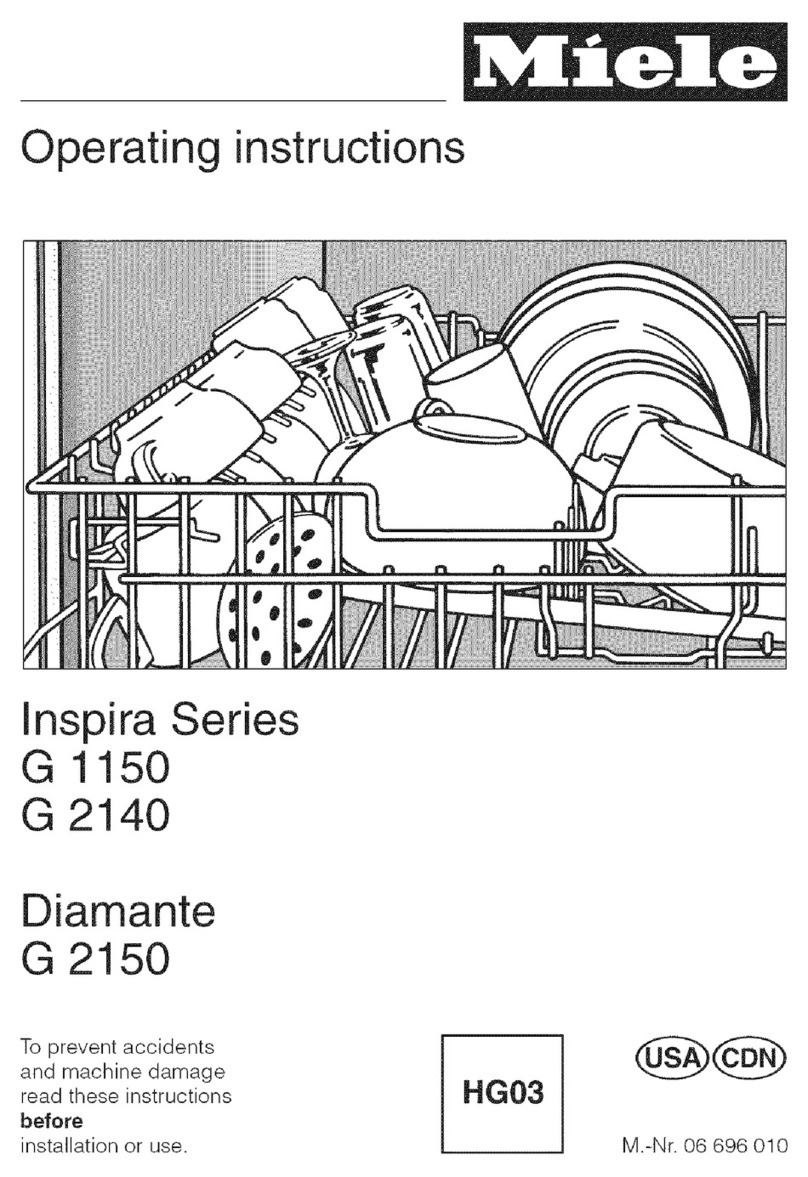Miele G 542 U User manual
Other Miele Dishwasher manuals
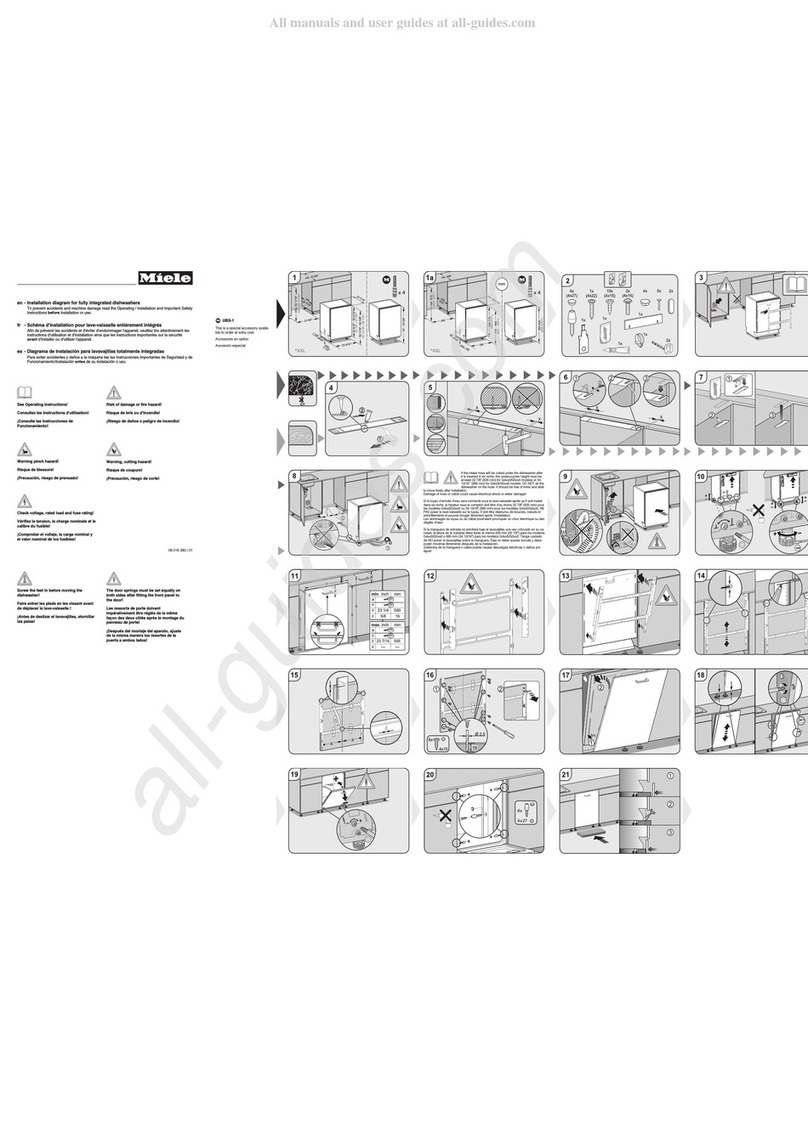
Miele
Miele G5xx0 Series User manual
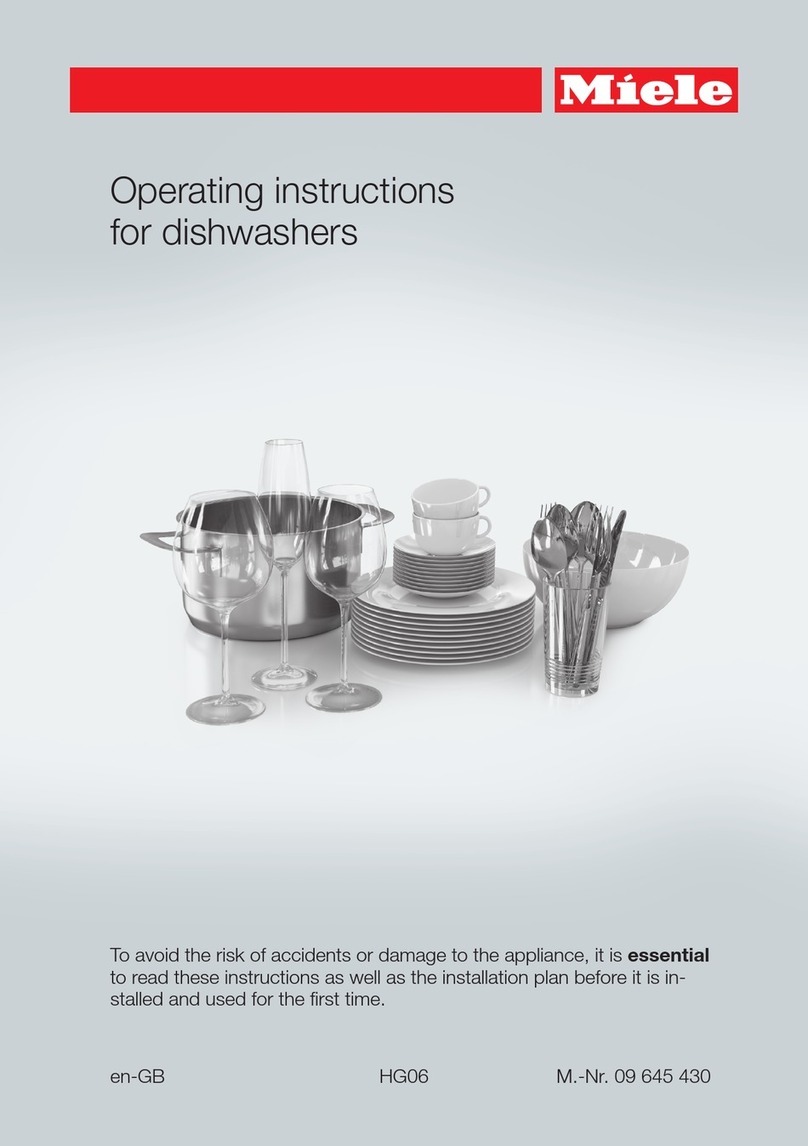
Miele
Miele G 4700 User manual

Miele
Miele Dimension G 4570 SCVi User manual
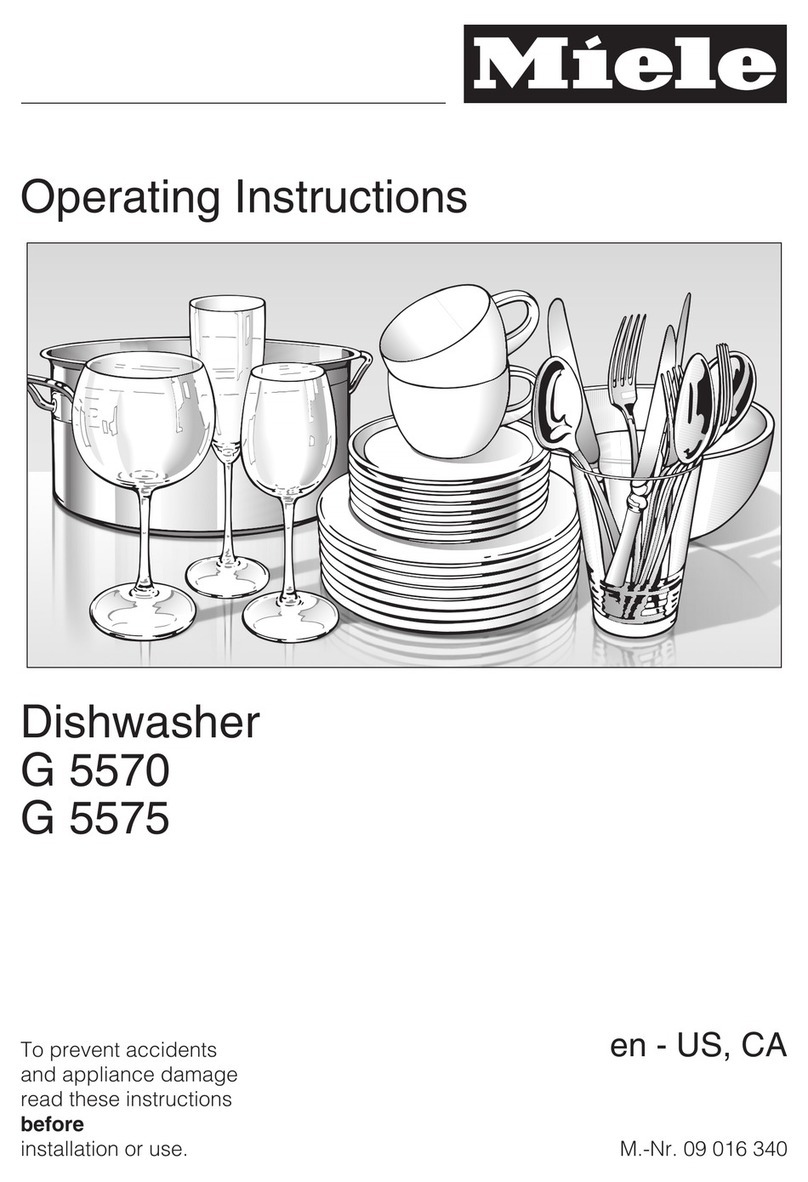
Miele
Miele G 5575 User manual
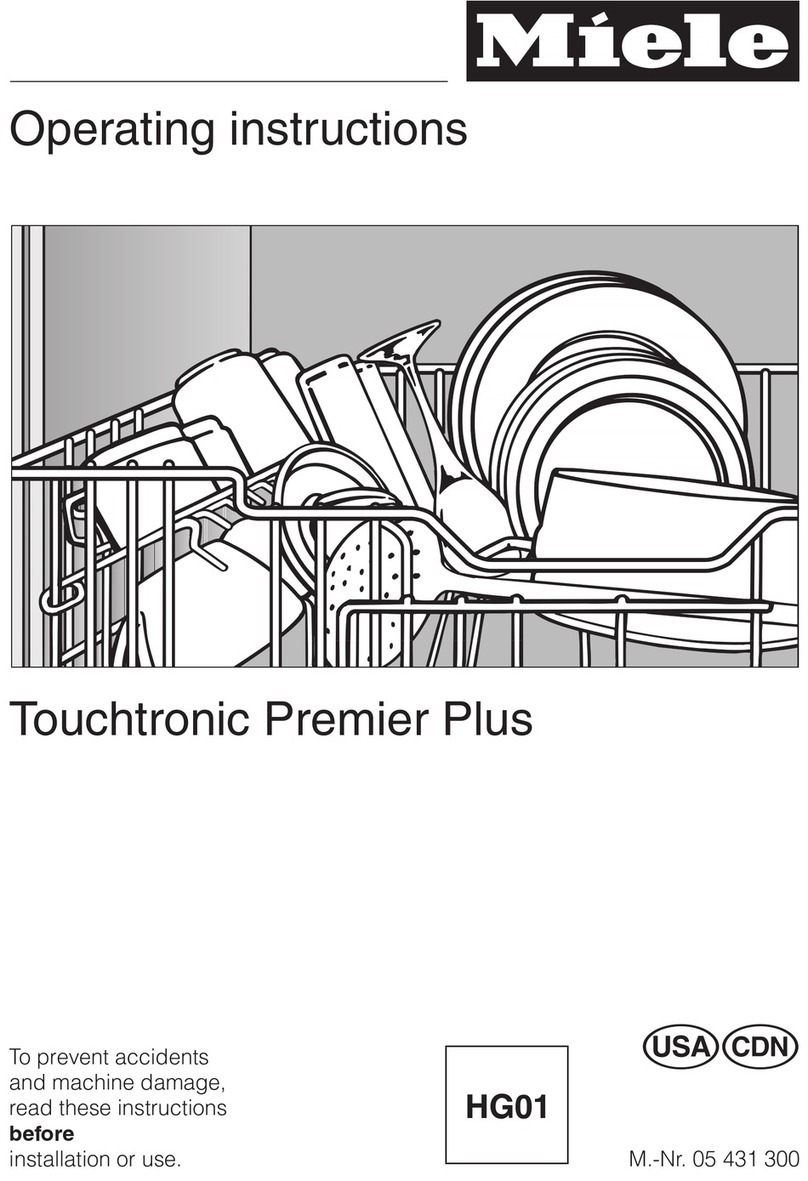
Miele
Miele TOUCHTRONIC PREMIER PLUS HG01 User manual

Miele
Miele DGC 6300 User manual
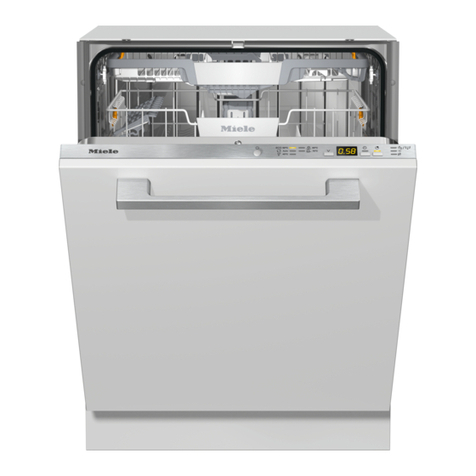
Miele
Miele G 5260 User manual

Miele
Miele PFD 100 User manual
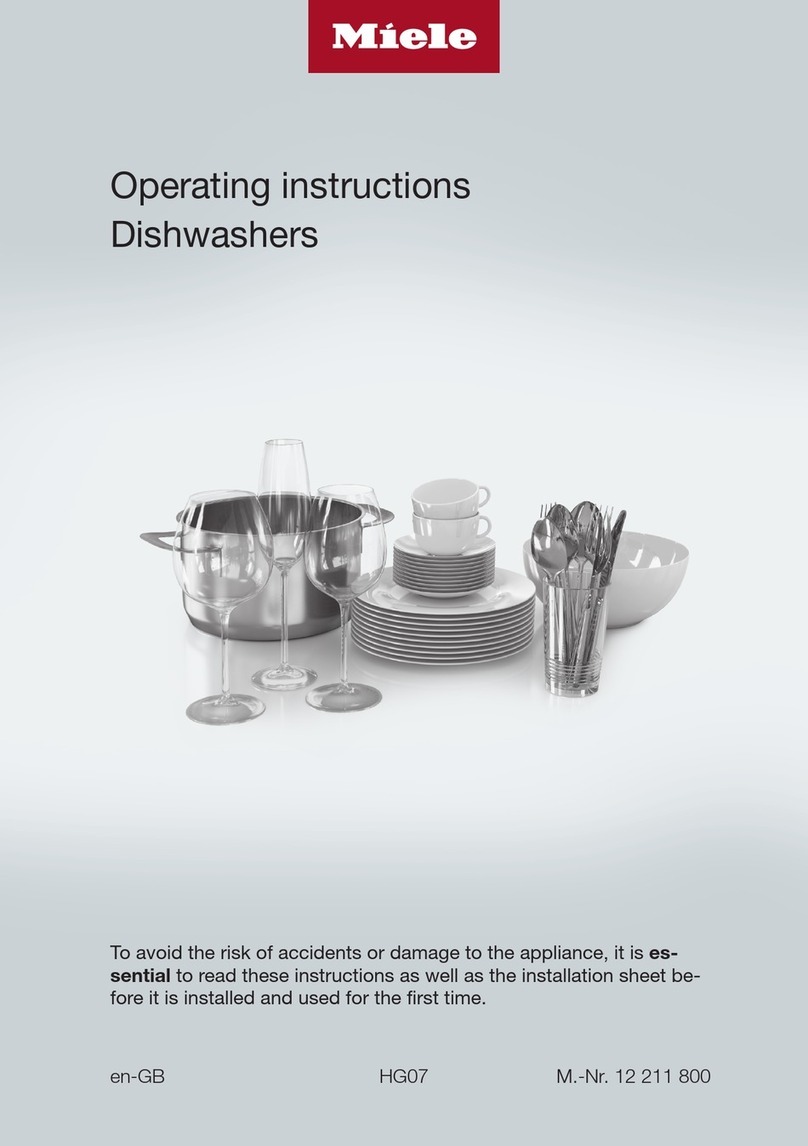
Miele
Miele G5740 SC User manual
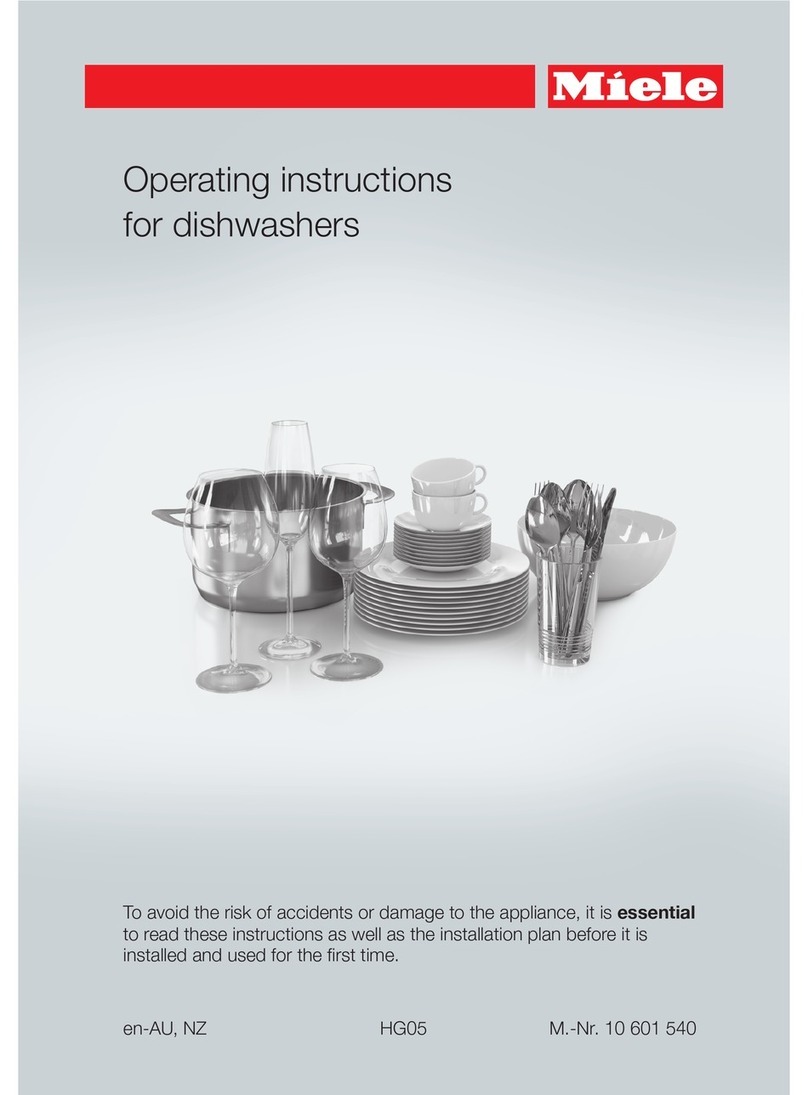
Miele
Miele HG05 User manual

Miele
Miele G 6500 User manual
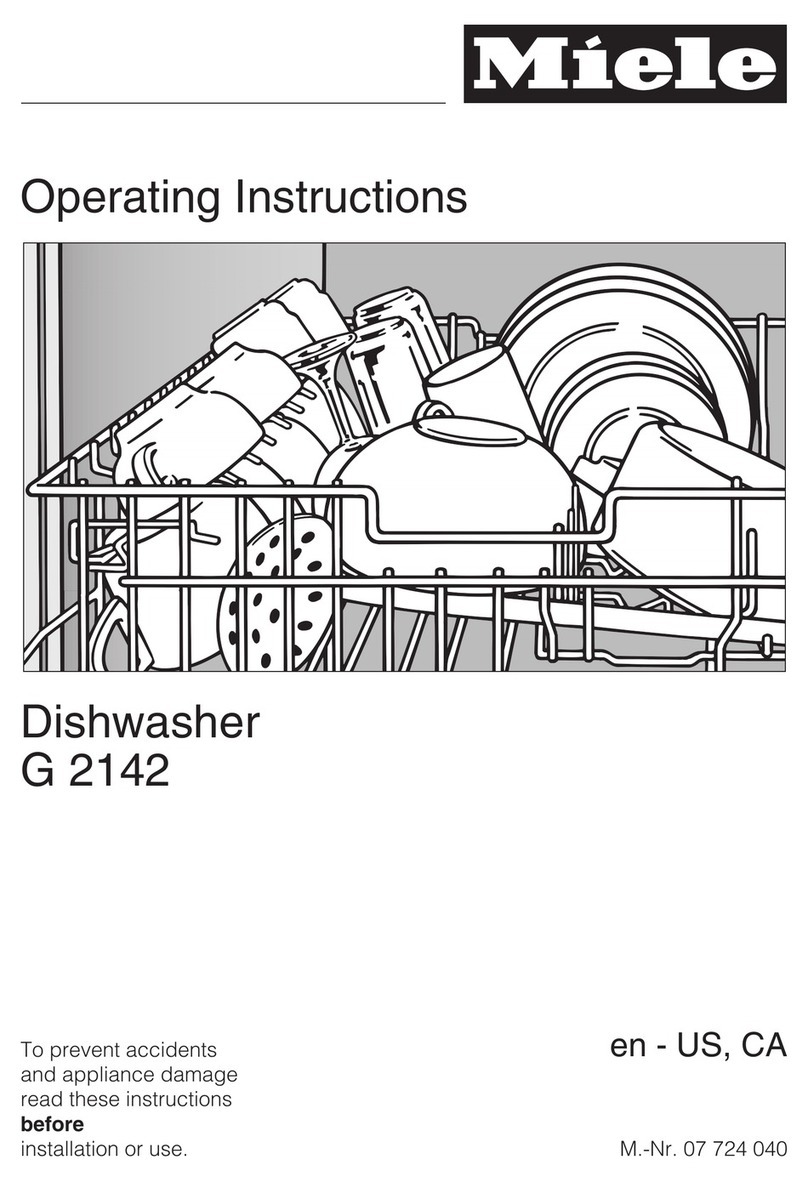
Miele
Miele Inspira G2142SC User manual

Miele
Miele PG 8080 U User manual
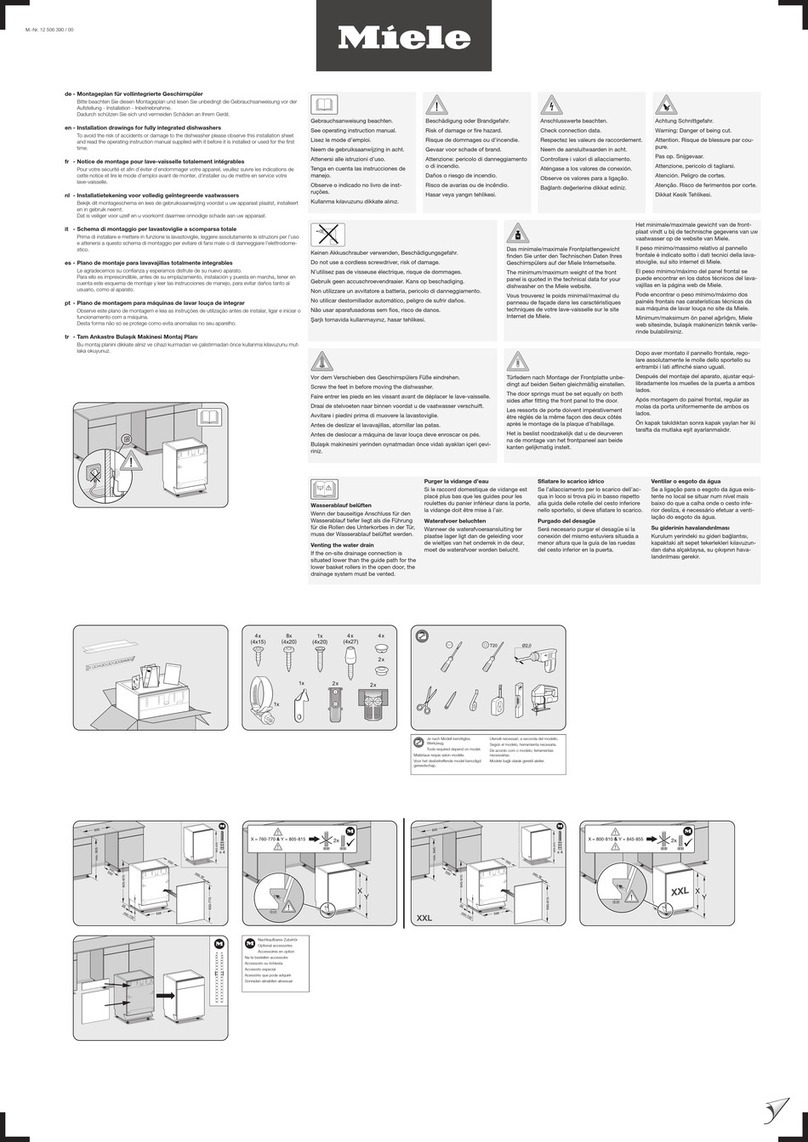
Miele
Miele G 15350-60 Vi Active Plus User manual
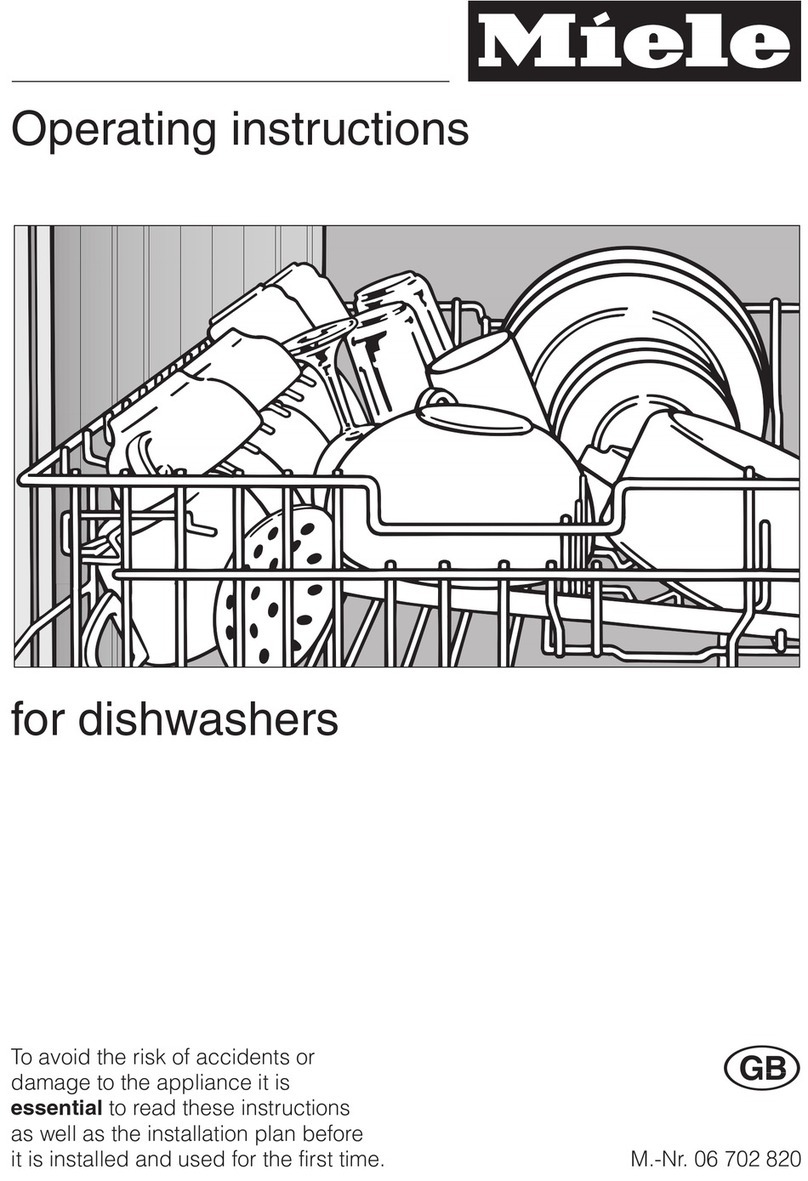
Miele
Miele G 1010 i User manual

Miele
Miele G 6993 User manual
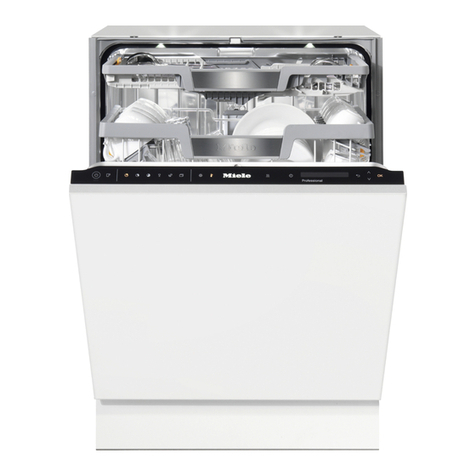
Miele
Miele PFD 104 SCVi User manual

Miele
Miele PG 8164 Instruction manual
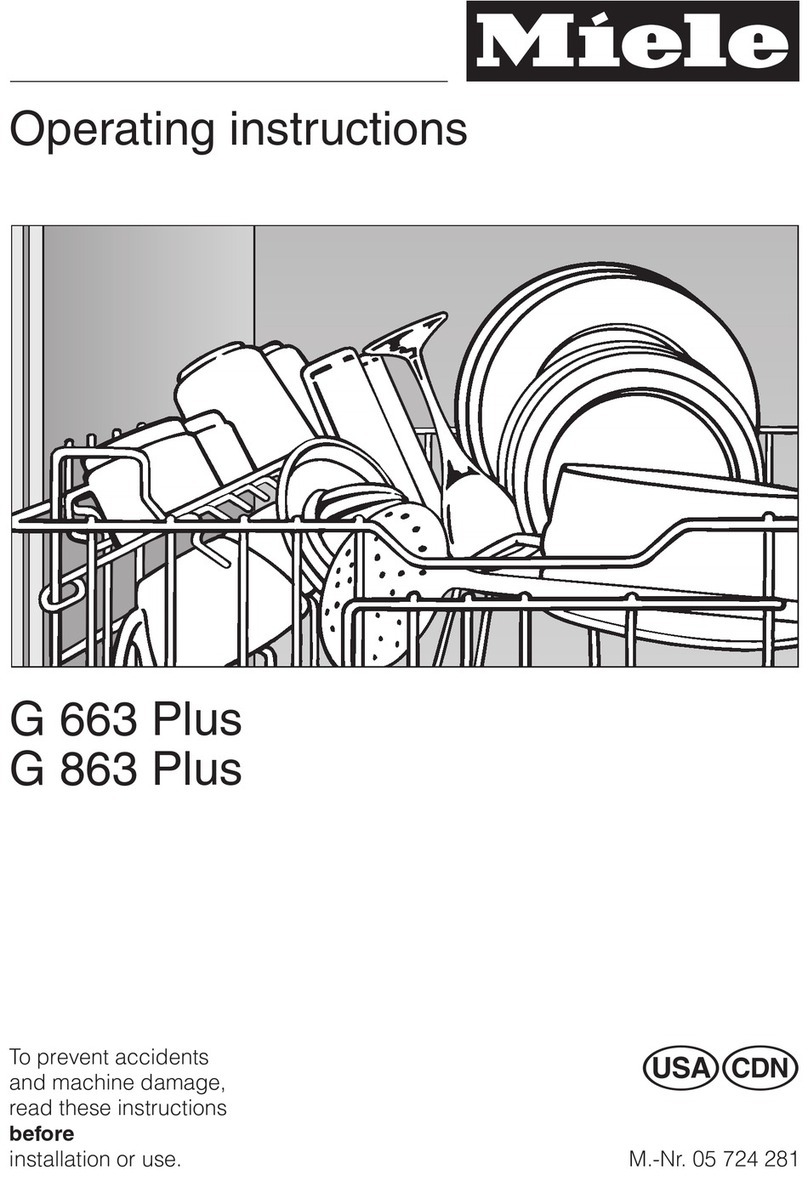
Miele
Miele G 663 Plus User manual
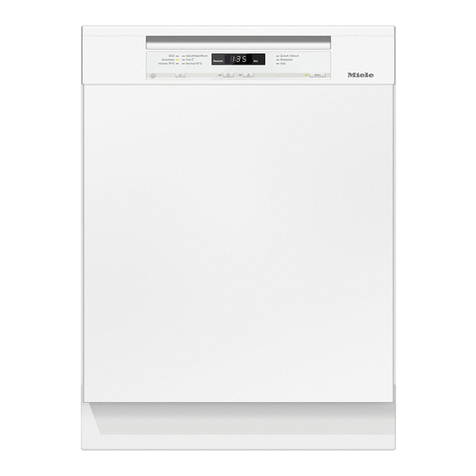
Miele
Miele HG05 User manual
